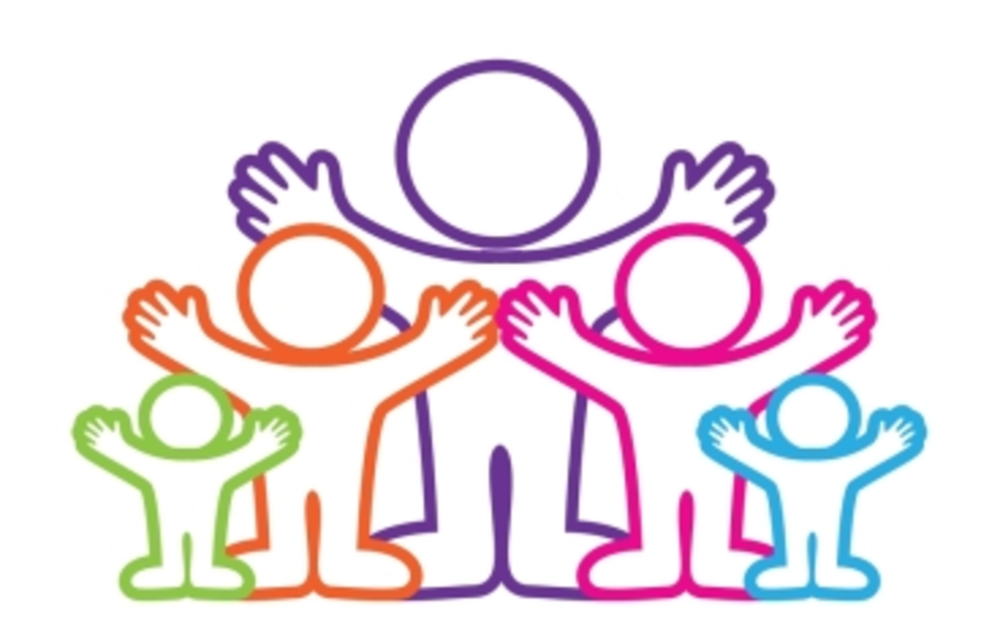Responsible use of data is more than process, it’s about context. It’s a truth universally acknowledged that the more personalized the message, the better the results. Technology allows us to customize any aspect of the copy with details from that particular customer’s behavior, life stage, or contract. Less is usually more in this area.
Messaging overpopulated with data attributes can feel like a staccato beat to customers as we rattle off the details of their interactions with the brand without any context to the promotion. If we want our digital marketing to sell, we have to tell a story. Thus, the data customization alone is not enough. Our content customization approach must also include a way to recognize and “know” the person behind the database record.
Personas are a good way to get closer to the individual behind the bits and bytes. We’ve all used personas in some way, even if it’s just to illustrate a point we are making in a presentation. As in, “Meet Joe. He’s got some problem that is in need of a solution. He’s our customer.” You know, that guy.
According to Wikipedia, personas are fictional characters created to represent the different user types within a targeted demographic, attitude, or behavior set that might use a site, brand, or product in a similar way. Personas consider the goals, desires, and limitations of buyers.
While personas sound easy in concept, they can be tricky to create well. Understanding why somebody wants to buy something is not the same thing as actually defining the product—what it is, how it will work, and how it will be used. The goal of a persona is to get away from the product details and reach into the heart of what inspires your customers. This is the art, not the science, of responsible marketing.
Fortunately and unfortunately, the growing amount of information generated by new channels, such as inbound marketing and social media, has created a deeper level of detail and complexity around understanding the customer identity. So personas are harder to understand and create today.
There are six general steps to building a great persona program.
1. Define objectives and use cases and set priorities. Not every audience group needs a persona, and personas themselves are based on buying motivation and behavior and thus are inelastic. They cannot be applied to other situations without adaptation.
2. Establish a data governance process. This includes acquiring, validating, and enriching the data to accurately inform the persona description.
3. Use a questionnaire for each persona. Each persona must be clearly defined. This is the bulk of the work. Your questionnaire may include biographic, demographic, and buying pattern data, and more sophisticated models also include psychographic and behavioral variables like attitudes, lifestyle, values, ideology, risk aversion, and decision-making patterns. Classification systems such as PRIZM clusters can add greater clarity by predicting consumers’ purchasing power, motivation, self-orientation, and resources.
4. Create pictures. Give your personas a name and face that the entire team can rally around. Make them instantly recognizable so that the persona’s names immediately trigger a common understanding of the customer group.
5. Ensure clarity and consistency by using a clear set of data, not opinions. Be sure to separate personas from each other, defining them by the attributes that distinguish buying behavior.
6. Match the data to the database and publish it for use. Personas can be a great exercise, but for our purposes, if we want to use them they have to match to a record in the marketing or CRM database. Data management techniques can be applied to locate key identifiable attributes for comparison purposes.
As you build your personas, remember these four cautions:
- Personas are not real people.
- Personas do not replace data analysis.
- Personas must be based on real-world data and customer behavior.
- Personas may change over time.
An integrated view of customers provides a base for better profitability analysis and customer scoring, improved customer relationship management effectiveness, and better marketing processes for achieving cost efficiencies. If you do make the commitment to create solid personas for your audiences, then they can be a terrific addition to your marketing technology toolkit. The technology gives you access to the data and helps you use it. Creating goodness from that data requires a consistent guideline for everyone in the company to help you tailor the story to the person. This is how personas help us make a connection with an actual customer—and to close deals or earn a conversion.
| Stephanie Miller is VP of member relations and chief listening officer at the Direct Marketing Association. She is a relentless customer advocate and a champion for marketers creating memorable online experiences. A digital marketing expert, she helps responsible data-driven marketers connect with the people, resources, and ideas they need to optimize response and revenue. |







